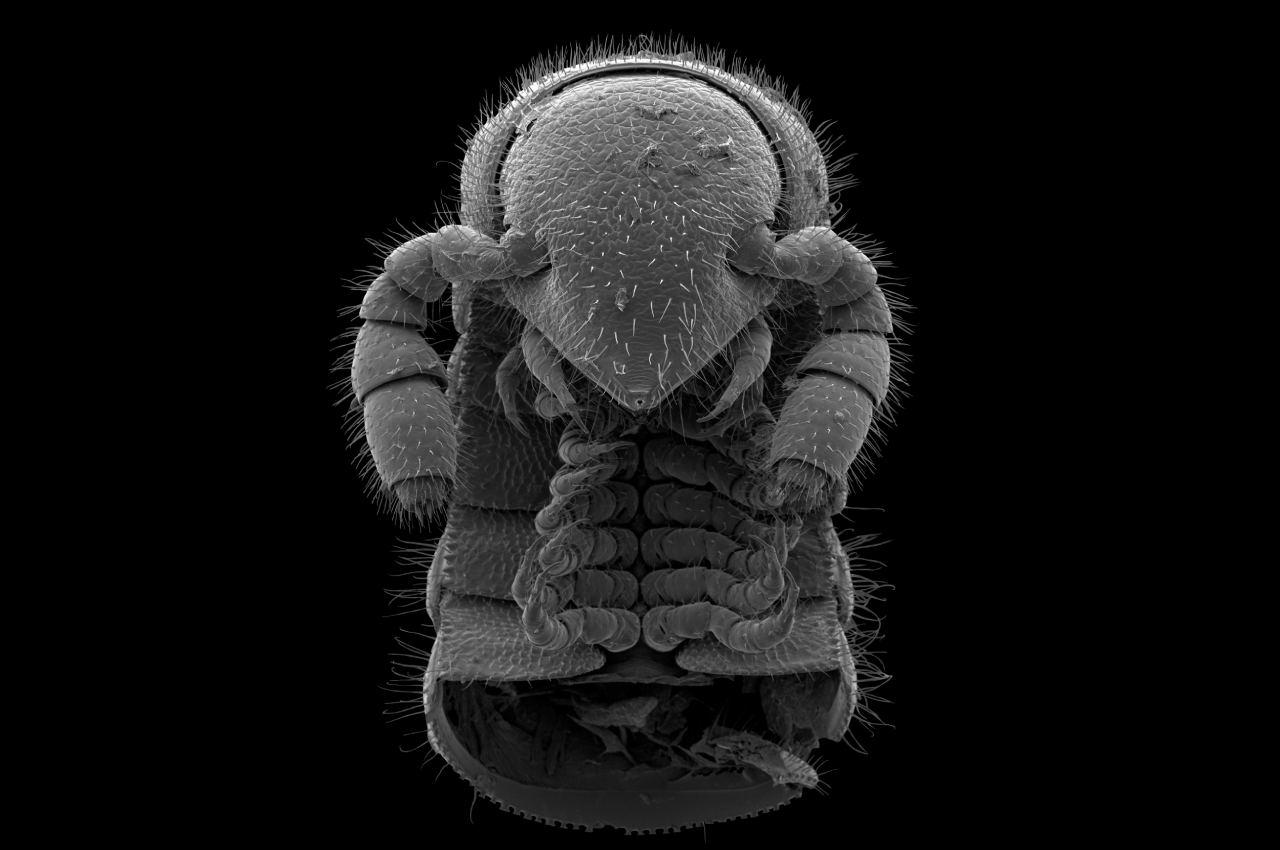Los Angeles: A team of naturalists exploring a hiking area near a freeway in Los Angeles, California, made an extraordinary discovery – the Los Angeles Thread Millipede (Illacme socal). This newly identified species has nearly 500 legs and intriguing characteristics that have fascinated researchers and the public.
Where was the ‘thread millipede’ discovered?
The Los Angeles Thread Millipede was found underground, measuring about the length of a paperclip and as thin as a pencil lead. It has a unique appearance, with translucent and curving features resembling a jellyfish tentacle. The arthropod relies on hornlike antennas on its head for navigation since it is completely blind. To confirm the discovery and classify it as a new species, the research team conducted DNA sequencing and analysis.
The millipede was given the vernacular name Los Angeles Thread Millipede owing to its uniqueness. It joins other millipede species known in California, contributing to the region’s biodiversity. Millipedes play a vital ecological role in decomposing dead organic material, which helps maintain a balanced ecosystem. Understanding their importance is crucial for conservation efforts and environmental well-being.
Illacme socal spends its entire life underground. With its 486 legs, small thin body, I. socal is an expert at burrowing. We recorded the first ever video of this millipede species moving underground. We found behaviors that appear to facilitate underground locomotion. pic.twitter.com/wNmnhK6ktT
---Advertisement---— Millipede Lab (@apheloria) June 21, 2023
The discovery of this species highlights the hidden wonders of biodiversity and emphasizes the need to protect and preserve these creatures for the sake of nature and humanity.
Meanwhile, the ever-growing numbers of discoveries which keep on unveiling new species always garners traction throughout the world. The 500-leeged creature which is now being recognised as the Los Angeles millipede
It has features such as massive antennae tipped with a variety of sensory structures, production of a silk-like sticky exudate from specialized hairs on its back, and, consistent with its subterranean lifestyle, it lacks eyes and pigmentation. pic.twitter.com/vAjiagXkIv
— Millipede Lab (@apheloria) June 21, 2023













